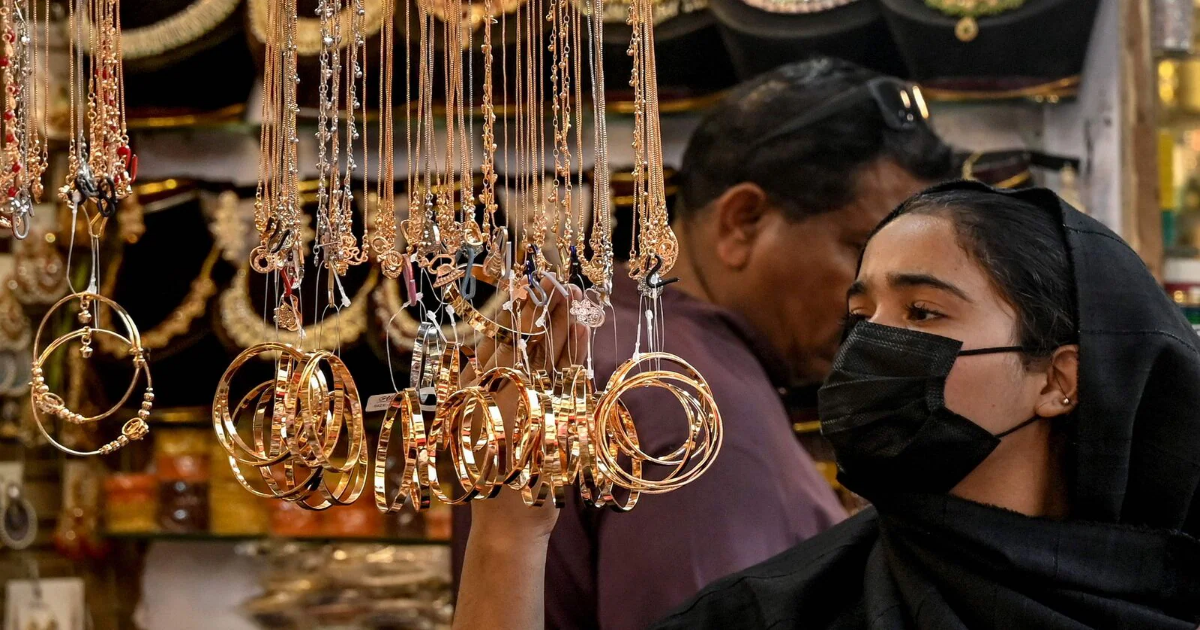Muslims worldwide are eagerly waiting for Eid-ul-Fitr, as Ramadan or Ramzan is in its final week. The festive occasion marks the conclusion of the month-long fast from dawn to dusk.
In India, this year’s Ramadan began on Sunday, March 2, following the sighting of the new crescent moon on Saturday, March 1. In Saudi Arabia, Ramadan commenced a day earlier, on March 1. Ramadan, the ninth month of the Islamic calendar, is a time when Muslims observe fasts known as roza.
In India, as Ramadan started on March 2, Eid-ul-Fitr will be celebrated on either March 31 or April 1, depending on the sighting of the crescent moon. The sighting of the moon signals the beginning of Shawwal, the tenth month of the Islamic calendar.
Eid-ul-Fitr 2025 in Saudi Arabia will likely be celebrated on March 30, 2025, if the crescent moon is sighted on March 29. If the moon is not visible on that date, Eid will be celebrated on March 31, 2025.
The sighting of the moon is important during Ramadan because it marks the beginning and end of the Islamic lunar months. Ramadan, the ninth month of the Islamic calendar, starts with the sighting of the new crescent moon, and Eid-ul-Fitr, which celebrates the end of Ramadan, is also determined by the moon’s appearance.
The sighting of the crescent moon signals the beginning and end of the Islamic lunar months.
Since the Islamic calendar is based on the lunar cycle, each month is either 29 or 30 days long, depending on the moon’s visibility. The sighting of the crescent moon signals the start of a new month in the Islamic calendar.
Eid-ul-Fitr: Eid-ul-Fitr marks the conclusion of Ramadan, the holy month of fasting and spiritual reflection. It is a joyous occasion marked by celebration, gratitude, and generosity as Muslims give thanks to Allah for granting them the strength and resilience to observe their fasts.
Kolkata: People throng a market ahead of the Eid-ul-Fitr festival, in Kolkata, Tuesday, March 25, 2025. (PTI Photo) (PTI03_25_2025_000429A)
Eid-ul-Adha: Eid-ul-Adha commemorates the profound act of devotion by Prophet Ibrahim (Abraham), who was willing to sacrifice his son Isma’il (Ishmael) in obedience to Allah’s command. In recognition of Ibrahim’s unwavering faith and submission, Allah provided a ram to sacrifice instead, symbolising truth and submission to the divine will.
Ramadan, or Ramzan, is a sacred month when Muslims deepen their worship through the increased recitation of the Quran, additional prayers (Tarawih), charity (Zakat), and acts of kindness. These practices are observed to draw closer to Allah and to seek spiritual rewards for good deeds.
Baklava: A sweet pastry made of layers of filo dough, filled with chopped nuts and sweetened with syrup or honey. It’s crispy, sticky, and delicious.
Kunafa: A rich dessert made with shredded filo dough or semolina, soaked in sugar syrup, and often topped with cream or cheese. It’s a favorite in many Middle Eastern countries.
Ma’amoul: A traditional shortbread cookie filled with dates, figs, or nuts, often made in intricate patterns. It’s especially popular during Eid in Arab countries.
Gulab Jamun: Deep-fried dough balls soaked in sugar syrup, often flavored with cardamom or rose water. It’s a popular sweet in South Asia.
Basbousa: A semolina cake soaked in syrup, typically topped with almonds or coconut. It’s soft, sweet, and satisfying.
Blessings and Forgiveness: It is believed that on the last Friday of Ramadan, Allah’s mercy is abundant, and He is especially inclined to forgive the sins of those who sincerely repent.
Spiritual Reflection: The last Jumma provides an opportunity for reflection on the past month of fasting, prayer, and worship. It encourages individuals to renew their commitment to faith and spiritual growth.
Increased Reward: It is believed that the rewards of good deeds are magnified during the last Friday of Ramadan. Engaging in prayer and acts of charity is said to bring even greater blessings.
